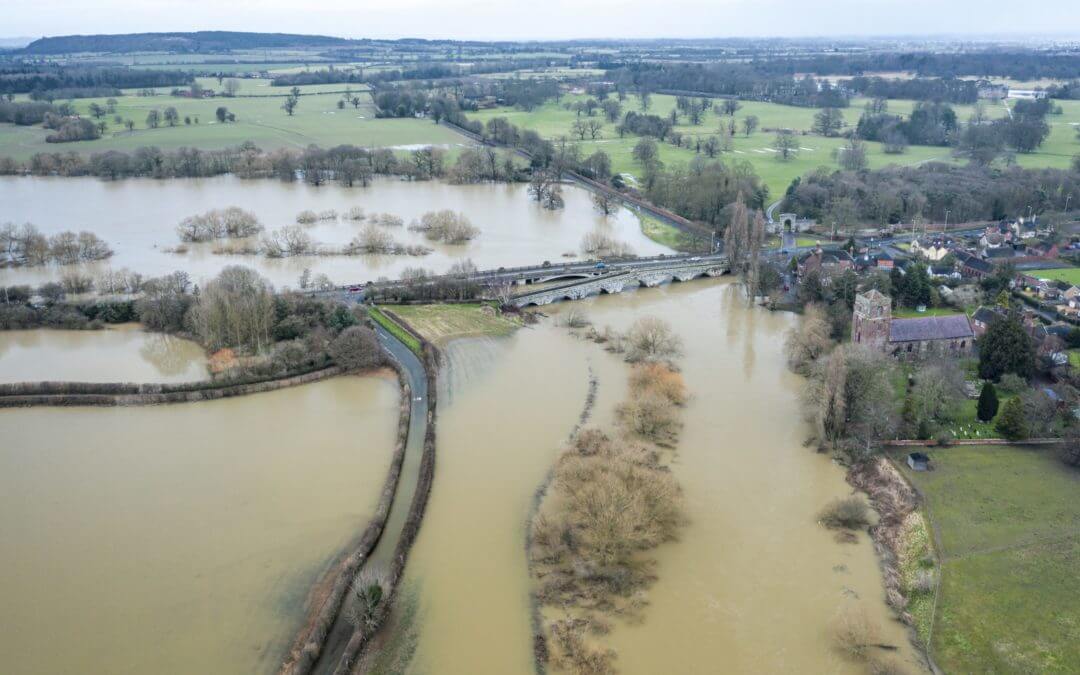Disaster can strike anywhere at any time.
In an instant, thousands of people can be injured, displaced from homes, or cut off from critical supplies like water, food, and fuel. We do our best to plan for the unexpected and to predict catastrophes like earthquakes, tropical storms, and tornadoes, but we can’t always see what’s coming.
The next best thing to predicting a disaster is being able to respond effectively, even when you’re surrounded by chaos.
Drones are quickly becoming the tool of choice for disaster response around the world. Not only is drone technology more affordable and accessible than before, it’s often more effective at managing disasters than other methods currently in use.
Keep reading to discover the innovative ways that drones are used for disaster response:
● Damage assessments
Damage assessments are a costly but necessary part of disaster management. Usually workers have to walk, drive, hike or even dive into dangerous spots, painstakingly sift through debris, and collect all kinds of information manually to paint an accurate picture of a catastrophe. Drones blow these admirable efforts out of the water by quickly scanning vast tracts of land and gathering real-time data and photos for analysis. Drones can also get into the heart of post-disaster chaos with little to no consequences while sending humans into the same situations could result in injuries or even death.
Lastly, using drones for disaster management streamlines communication between various agencies and individuals. Everyone who needs to receive critical updates can quickly be informed as soon as new information is available.
Real-life application: Disaster managers used drones to create detailed 3D maps following a devastating earthquake in Nepal. The maps helped officials pinpoint the most vulnerable areas and they were eventually used to reconstruct affected parts of the city.
● Supply delivery
Natural disasters and terrorist attacks often serve a serious blow to infrastructure. When structures like roads, bridges, cables, and pipelines are disabled, tens of thousands of people are cut off from crucial resources. Drones are highly effective at delivering supplies since they don’t rely on traditional infrastructure to get from point A to point B. Recently,drones have delivered medicine, food, water, and other necessities to people in need.
Real-life application: AT&T recently partnered with a UK company called SoftBox to study ways to deliver life-saving medicine to rural communities.
● Communications infrastructure
We rely heavily on cellphones and the internet to communicate. When the structures that enable these tools crash, we’re instantly cut off from one another, and when disaster response crews lose contact with each other their effectiveness drops dramatically.
Drones bypass this problem by carrying payloads (like cameras and sensors) that can gather information independently. These tools can be a lifeline during serious disasters.
Real-life application: During Hurricane Katrina 225 km/hr winds disabled the electrical grid and destroyed cell towers. Drones weren’t used at the time, but in a similar situation today drones could act as WiFi hotspots and provide connectivity in disaster zones.
Conclusion
Drones are one of the most powerful multi-tools that the modern world has at its disposal. Could your organisation benefit from an effective drone program? Get in touch with Mirragin today for a consultation at admin@mirragin.com.au.
Find out more about drones and their future in business, subscribe to our podcast.

